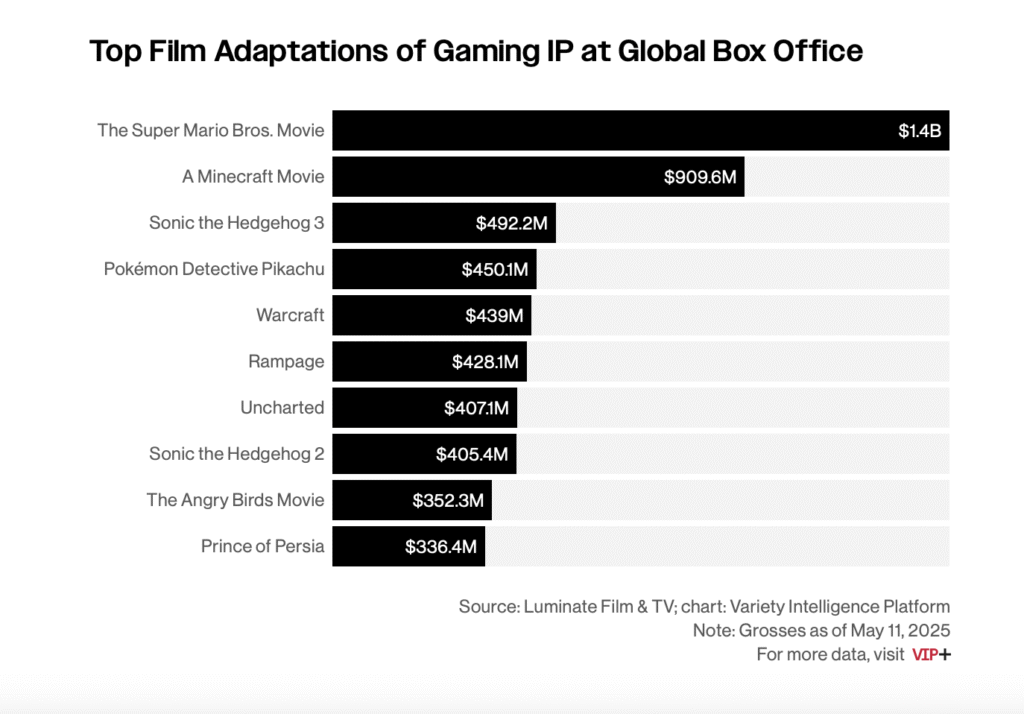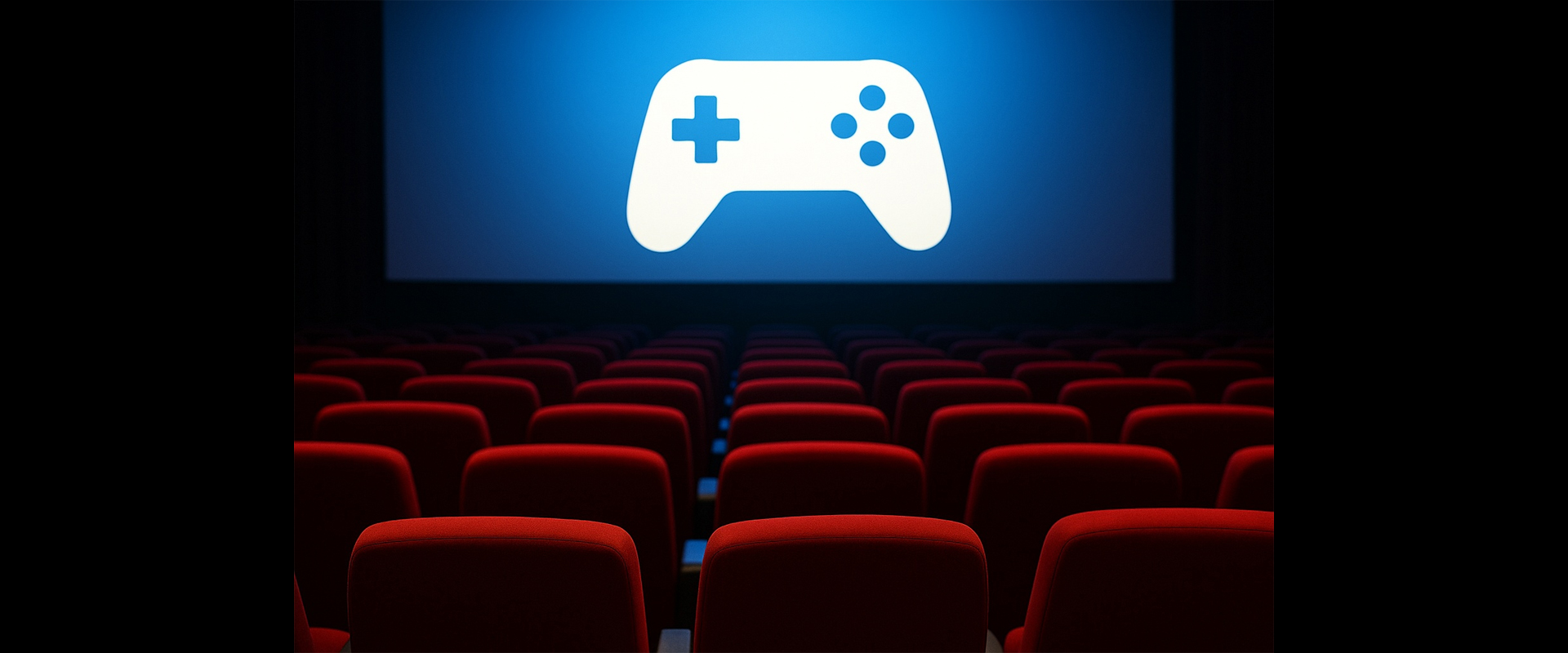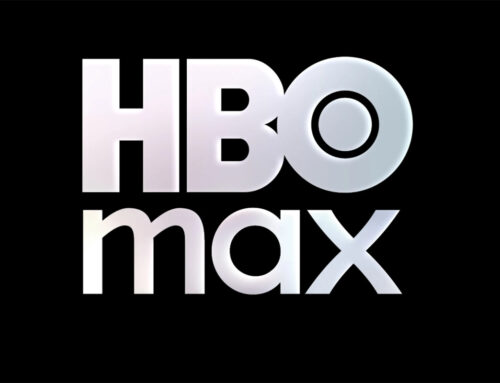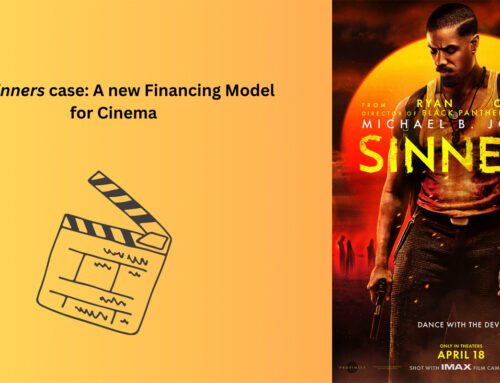Adapting Video Games for Film and TV: What Really Works?
Adapting intellectual property born in the world of video games for film or television is a complex process that requires time, strategy, and a deep understanding of the target audience. Despite a few standout successes — like Minecraft, which grossed over $900 million worldwide — most projects struggle when transitioning from an interactive format to a narrative one.

At April’s LA Games Conference, Russell Binder, president of Striker Entertainment (a company specializing in licensing and managing entertainment franchises such as The Twilight Saga, The Hunger Games, and Five Nights at Freddy’s), emphasized that the key to building an effective adaptation lies in maintaining a consistent, engaging flow of content without overwhelming the audience, and in leveraging fan engagement. A prime example is Five Nights at Freddy’s, an indie horror game launched in 2014. After years of development, over ten game titles, and a highly active digital community, the IP spawned a $20 million film that grossed nearly $300 million. The sequel, set to release this December, has a budget more than double that of the first but reflects a cautious strategy aimed at growing the brand without overexposing it.
The next two years will see a wave of new gaming adaptations hitting theaters, with franchises like Angry Birds and Resident Evil making a comeback. The latter is being rebooted for a second time by Sony after 2021’s Welcome to Raccoon City failed to capture the audience that had supported the earlier Milla Jovovich-led series. Similarly, Angry Birds 2, released in 2019, grossed less than half of what the 2016 film had achieved.
According to Binder, one of the main issues is that audiences may eventually “age out,” losing interest in the IP. He also pointed to the frequent misinterpretation of source material by filmmakers. A recent case is Until Dawn, released in April, which is struggling to reach $50 million globally and $20 million domestically — partly due to the exclusion of the game’s original writers from the adaptation process.
Ultimately, the success of a video game adaptation depends as much on staying true to the source material as on the ability to thoughtfully expand it into new formats and languages.
Source: Variety VIP+
Share:
Adapting intellectual property born in the world of video games for film or television is a complex process that requires time, strategy, and a deep understanding of the target audience. Despite a few standout successes — like Minecraft, which grossed over $900 million worldwide — most projects struggle when transitioning from an interactive format to a narrative one.

At April’s LA Games Conference, Russell Binder, president of Striker Entertainment (a company specializing in licensing and managing entertainment franchises such as The Twilight Saga, The Hunger Games, and Five Nights at Freddy’s), emphasized that the key to building an effective adaptation lies in maintaining a consistent, engaging flow of content without overwhelming the audience, and in leveraging fan engagement. A prime example is Five Nights at Freddy’s, an indie horror game launched in 2014. After years of development, over ten game titles, and a highly active digital community, the IP spawned a $20 million film that grossed nearly $300 million. The sequel, set to release this December, has a budget more than double that of the first but reflects a cautious strategy aimed at growing the brand without overexposing it.
The next two years will see a wave of new gaming adaptations hitting theaters, with franchises like Angry Birds and Resident Evil making a comeback. The latter is being rebooted for a second time by Sony after 2021’s Welcome to Raccoon City failed to capture the audience that had supported the earlier Milla Jovovich-led series. Similarly, Angry Birds 2, released in 2019, grossed less than half of what the 2016 film had achieved.
According to Binder, one of the main issues is that audiences may eventually “age out,” losing interest in the IP. He also pointed to the frequent misinterpretation of source material by filmmakers. A recent case is Until Dawn, released in April, which is struggling to reach $50 million globally and $20 million domestically — partly due to the exclusion of the game’s original writers from the adaptation process.
Ultimately, the success of a video game adaptation depends as much on staying true to the source material as on the ability to thoughtfully expand it into new formats and languages.
Source: Variety VIP+








